Muhammad Rehman Zafar
Multi-level Stress Assessment from ECG in a Virtual Reality Environment using Multimodal Fusion
Jul 09, 2021
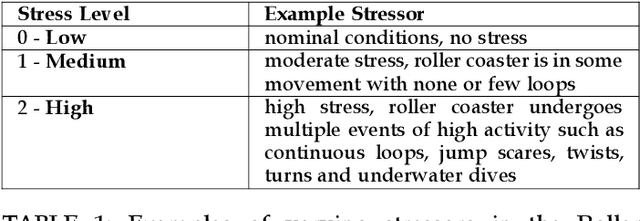
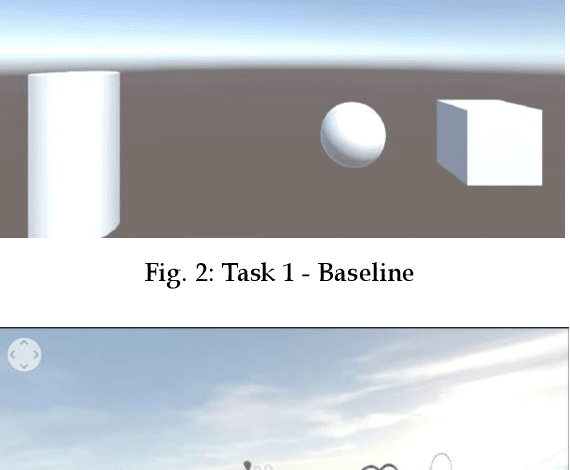
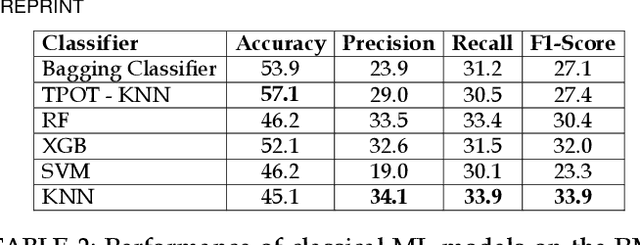
Abstract:ECG is an attractive option to assess stress in serious Virtual Reality (VR) applications due to its non-invasive nature. However, the existing Machine Learning (ML) models perform poorly. Moreover, existing studies only perform a binary stress assessment, while to develop a more engaging biofeedback-based application, multi-level assessment is necessary. Existing studies annotate and classify a single experience (e.g. watching a VR video) to a single stress level, which again prevents design of dynamic experiences where real-time in-game stress assessment can be utilized. In this paper, we report our findings on a new study on VR stress assessment, where three stress levels are assessed. ECG data was collected from 9 users experiencing a VR roller coaster. The VR experience was then manually labeled in 10-seconds segments to three stress levels by three raters. We then propose a novel multimodal deep fusion model utilizing spectrogram and 1D ECG that can provide a stress prediction from just a 1-second window. Experimental results demonstrate that the proposed model outperforms the classical HRV-based ML models (9% increase in accuracy) and baseline deep learning models (2.5% increase in accuracy). We also report results on the benchmark WESAD dataset to show the supremacy of the model.
DLIME: A Deterministic Local Interpretable Model-Agnostic Explanations Approach for Computer-Aided Diagnosis Systems
Jun 24, 2019
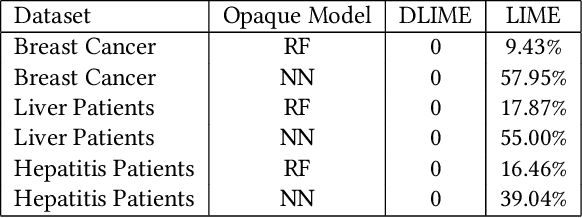
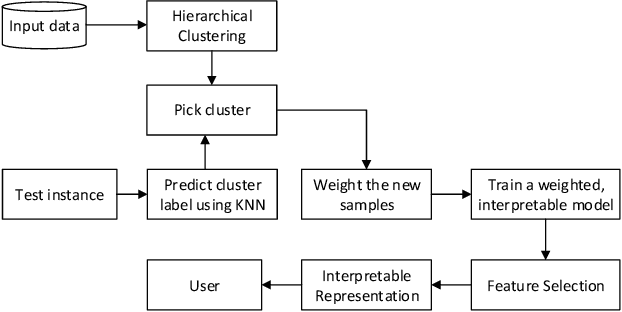
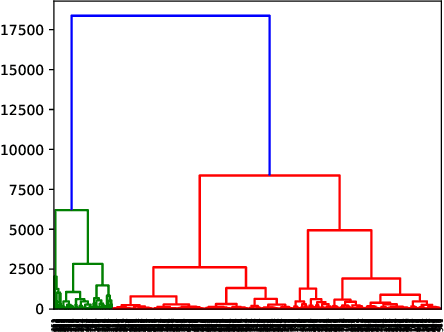
Abstract:Local Interpretable Model-Agnostic Explanations (LIME) is a popular technique used to increase the interpretability and explainability of black box Machine Learning (ML) algorithms. LIME typically generates an explanation for a single prediction by any ML model by learning a simpler interpretable model (e.g. linear classifier) around the prediction through generating simulated data around the instance by random perturbation, and obtaining feature importance through applying some form of feature selection. While LIME and similar local algorithms have gained popularity due to their simplicity, the random perturbation and feature selection methods result in "instability" in the generated explanations, where for the same prediction, different explanations can be generated. This is a critical issue that can prevent deployment of LIME in a Computer-Aided Diagnosis (CAD) system, where stability is of utmost importance to earn the trust of medical professionals. In this paper, we propose a deterministic version of LIME. Instead of random perturbation, we utilize agglomerative Hierarchical Clustering (HC) to group the training data together and K-Nearest Neighbour (KNN) to select the relevant cluster of the new instance that is being explained. After finding the relevant cluster, a linear model is trained over the selected cluster to generate the explanations. Experimental results on three different medical datasets show the superiority for Deterministic Local Interpretable Model-Agnostic Explanations (DLIME), where we quantitatively determine the stability of DLIME compared to LIME utilizing the Jaccard similarity among multiple generated explanations.
 Add to Chrome
Add to Chrome Add to Firefox
Add to Firefox Add to Edge
Add to Edge